
How to Use Red LED: Examples, Pinouts, and Specs
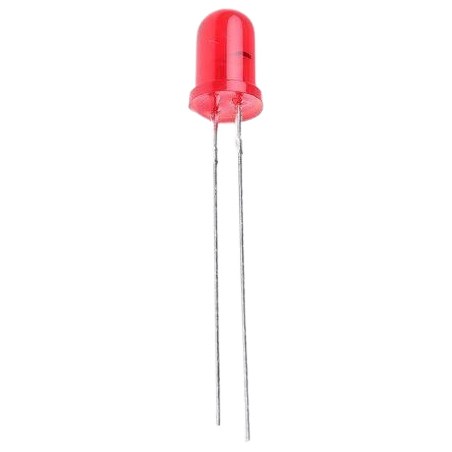
 Design with Red LED in Cirkit Designer
Design with Red LED in Cirkit DesignerIntroduction
The Red LED (Light Emitting Diode), part ID LX12, is a semiconductor device that emits red light when an electric current flows through it. Manufactured by Red LED, this component is widely used in electronic circuits for visual indicators, status displays, and decorative lighting. Its simplicity, low power consumption, and long lifespan make it a staple in both hobbyist and professional electronics projects.
Explore Projects Built with Red LED
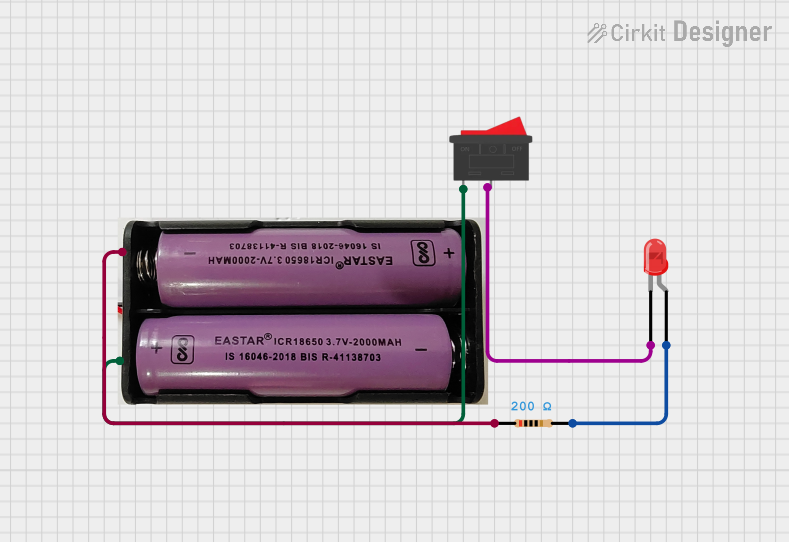
 Open Project in Cirkit Designer
Open Project in Cirkit Designer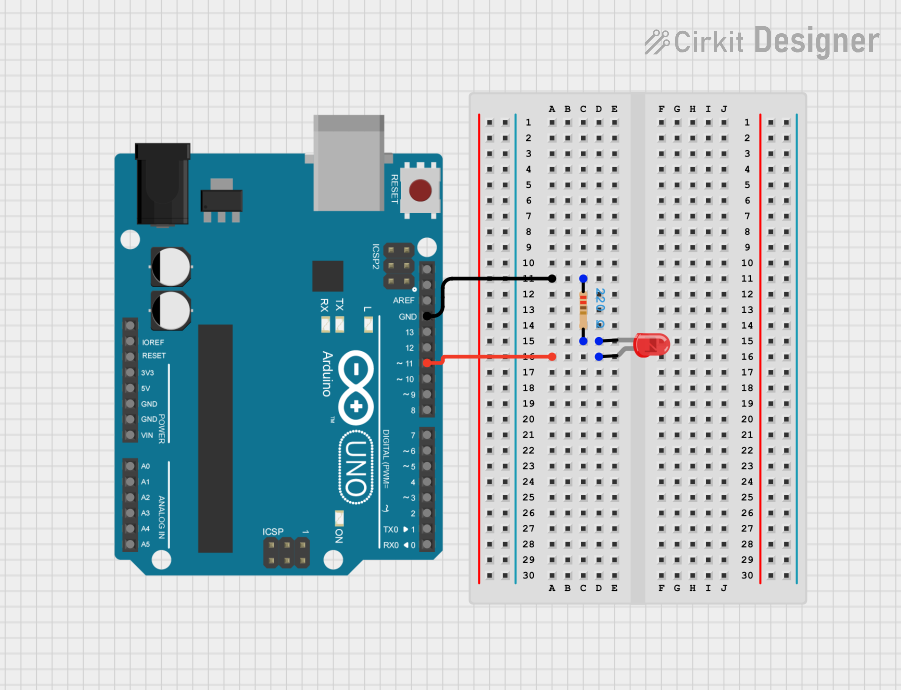
 Open Project in Cirkit Designer
Open Project in Cirkit Designer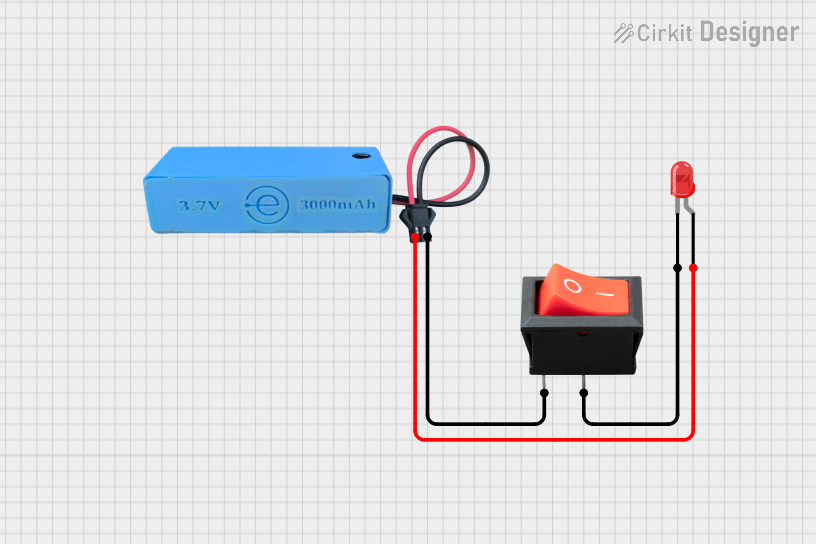
 Open Project in Cirkit Designer
Open Project in Cirkit Designer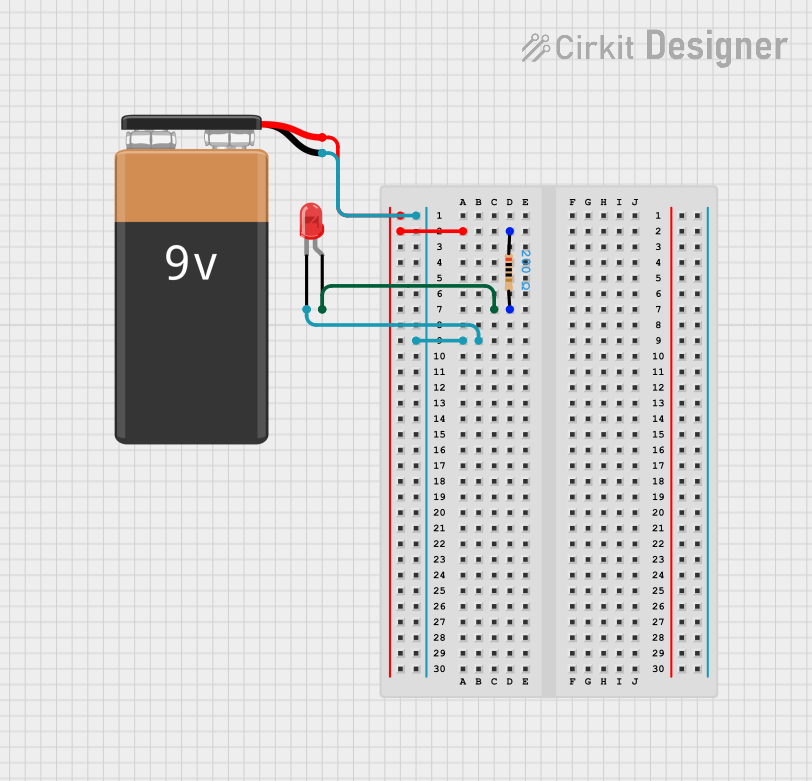
 Open Project in Cirkit Designer
Open Project in Cirkit DesignerExplore Projects Built with Red LED

 Open Project in Cirkit Designer
Open Project in Cirkit Designer
 Open Project in Cirkit Designer
Open Project in Cirkit Designer
 Open Project in Cirkit Designer
Open Project in Cirkit Designer
 Open Project in Cirkit Designer
Open Project in Cirkit DesignerCommon Applications
- Power and status indicators
- Digital displays and signage
- Circuit debugging and testing
- Decorative and ambient lighting
- Optical communication systems
Technical Specifications
The following table outlines the key technical details of the Red LED (LX12):
| Parameter | Value |
|---|---|
| Forward Voltage (Vf) | 1.8V to 2.2V |
| Forward Current (If) | 20mA (typical) |
| Maximum Current (If max) | 30mA |
| Wavelength | 620nm to 630nm (red light) |
| Viewing Angle | 20° to 30° |
| Power Dissipation | 75mW (maximum) |
| Operating Temperature | -40°C to +85°C |
| Storage Temperature | -40°C to +100°C |
Pin Configuration
The Red LED has two pins: the anode (positive) and the cathode (negative). The table below describes the pin configuration:
| Pin Name | Description | Identification |
|---|---|---|
| Anode | Positive terminal; connects to V+ | Longer leg of the LED |
| Cathode | Negative terminal; connects to GND | Shorter leg of the LED or flat edge |
Usage Instructions
How to Use the Red LED in a Circuit
Determine the Resistor Value: To prevent damage, always use a current-limiting resistor in series with the LED. Calculate the resistor value using Ohm's Law: [ R = \frac{V_{supply} - V_f}{I_f} ] Where:
- (V_{supply}) is the supply voltage
- (V_f) is the forward voltage of the LED (1.8V to 2.2V)
- (I_f) is the desired forward current (typically 20mA)
For example, with a 5V supply and a forward voltage of 2V: [ R = \frac{5V - 2V}{0.02A} = 150\Omega ]
Connect the LED:
- Connect the anode (longer leg) to the positive side of the circuit.
- Connect the cathode (shorter leg) to the negative side of the circuit through the resistor.
Power the Circuit: Apply the appropriate voltage to the circuit. The LED will emit red light when current flows through it.
Important Considerations
- Polarity: LEDs are polarized components. Reversing the polarity may prevent the LED from lighting up or damage it.
- Current Limiting: Always use a resistor to limit the current through the LED. Exceeding the maximum current rating (30mA) can permanently damage the LED.
- Heat Dissipation: Ensure proper ventilation if the LED is used in high-power applications to avoid overheating.
Example: Connecting the Red LED to an Arduino UNO
The following example demonstrates how to connect and control the Red LED (LX12) using an Arduino UNO:
Circuit Diagram
- Connect the anode of the LED to digital pin 13 on the Arduino through a 220Ω resistor.
- Connect the cathode of the LED to the GND pin on the Arduino.
Arduino Code
// Red LED Example with Arduino UNO
// This code blinks the Red LED connected to pin 13 on and off every second.
const int ledPin = 13; // Define the pin connected to the LED
void setup() {
pinMode(ledPin, OUTPUT); // Set the LED pin as an output
}
void loop() {
digitalWrite(ledPin, HIGH); // Turn the LED on
delay(1000); // Wait for 1 second
digitalWrite(ledPin, LOW); // Turn the LED off
delay(1000); // Wait for 1 second
}
Troubleshooting and FAQs
Common Issues
LED Does Not Light Up:
Cause: Incorrect polarity.
Solution: Ensure the anode is connected to the positive voltage and the cathode to ground.
Cause: No current-limiting resistor.
Solution: Add a resistor in series with the LED to limit the current.
LED is Dim:
- Cause: Resistor value is too high.
- Solution: Recalculate the resistor value to allow more current (but within the safe range).
LED Burns Out Quickly:
- Cause: Excessive current.
- Solution: Use a resistor to limit the current to 20mA or less.
LED Flickers:
- Cause: Unstable power supply.
- Solution: Use a stable power source or add a capacitor to smooth out voltage fluctuations.
FAQs
Can I connect the Red LED directly to a 3.3V or 5V power supply?
- No, you must use a current-limiting resistor to prevent excessive current from damaging the LED.
What happens if I reverse the polarity of the LED?
- The LED will not light up. In most cases, it will not be damaged unless the reverse voltage exceeds its maximum rating.
Can I use the Red LED with a PWM signal?
- Yes, the Red LED can be dimmed or controlled using a PWM (Pulse Width Modulation) signal from a microcontroller like an Arduino.
What is the lifespan of the Red LED?
- The typical lifespan of the Red LED is over 50,000 hours under normal operating conditions.
By following this documentation, you can effectively integrate the Red LED (LX12) into your electronic projects.